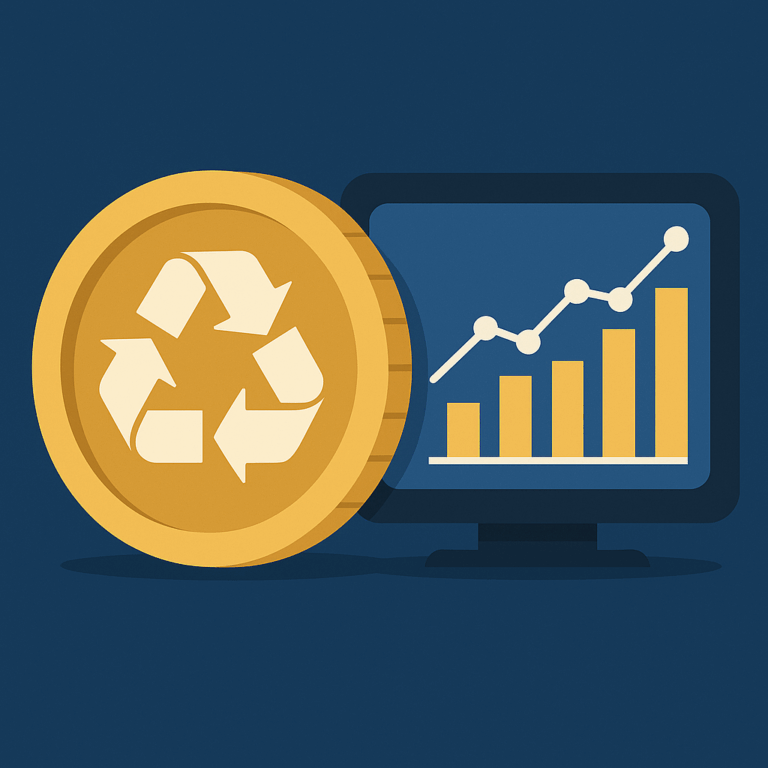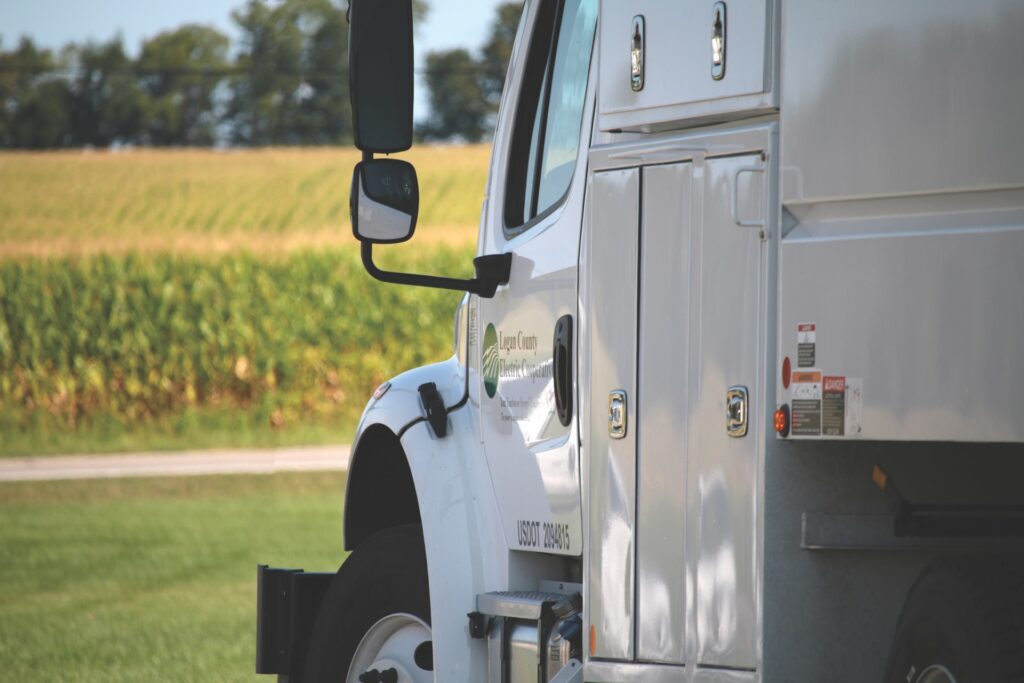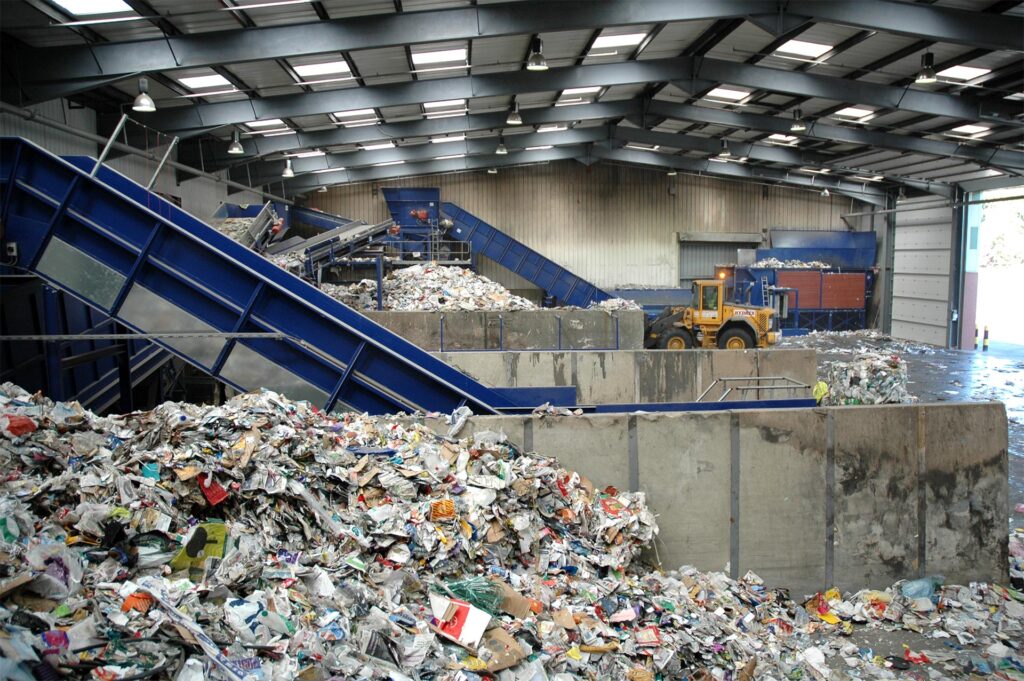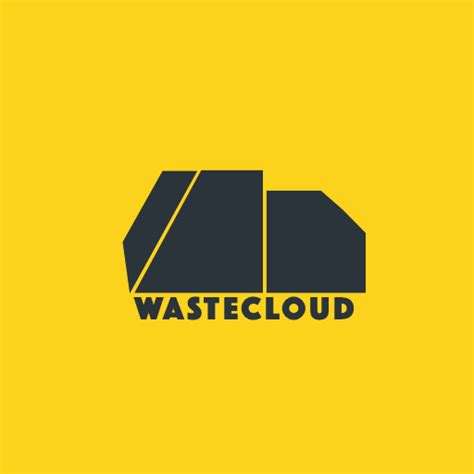Introduction
For decades, waste was seen as a burden — something to dispose of, to report, to comply with.
But in the age of the circular economy, waste isn’t “trash” anymore. It’s data.
Every kilogram, every movement, every transfer, every process creates information — and inside that information lies value: for smarter recycling, more accurate ESG reporting, cost reduction, and even new forms of energy.
What was once a liability is now a strategic asset — if you have the tools to measure it.
From Waste to Insight
Waste is one of the most underestimated sources of information in modern operations.
Each entry tells a story:
- Quantities and material types.
- Time and location of generation.
- Transport routes and cost.
- Recycling and recovery performance.
- CO₂ footprint and energy output.
When collected and analyzed consistently, these metrics turn into actionable intelligence — powering better decisions and long-term sustainability.
The Value of Waste Data
1. Cost optimization and efficiency
By understanding where waste is generated, moved, and recovered, organizations identify inefficiencies and reduce unnecessary spending. Small improvements can lead to significant savings.
2. Strengthened ESG reporting and transparency
Reliable waste data allows companies to demonstrate environmental performance accurately. ESG reports become a reflection of reality — not just compliance paperwork.
3. New value streams
Data-driven insights reveal opportunities for:
- Secondary raw materials recovery.
- Waste-to-energy initiatives.
- Cross-industry collaboration in circular value chains.
Wastecloud: Turning Waste Flows into Knowledge
Wastecloud was designed around one principle — turning waste movements into knowledge that drives action.
The platform consolidates inputs from diverse operational systems and field data sources, harmonizes them, and delivers real-time indicators for compliance, ESG, and performance.
Through its analytics and visualization tools, users can:
- Monitor flows, costs, and metrics in real time.
- Detect anomalies or efficiency gaps.
- Generate audit-ready ESG and compliance reports automatically.
Wastecloud is not just a compliance tool; it’s a central intelligence layer that connects operational data to strategic decision-making.
Conclusion
The circular economy thrives on knowledge — and knowledge begins with data.
Waste is no longer the end of a process. It’s the beginning of a smarter one.
It’s the digital trace of a society learning to measure, understand, and improve.
Wastecloud enables this shift — transforming compliance into intelligence and data into sustainable growth.



